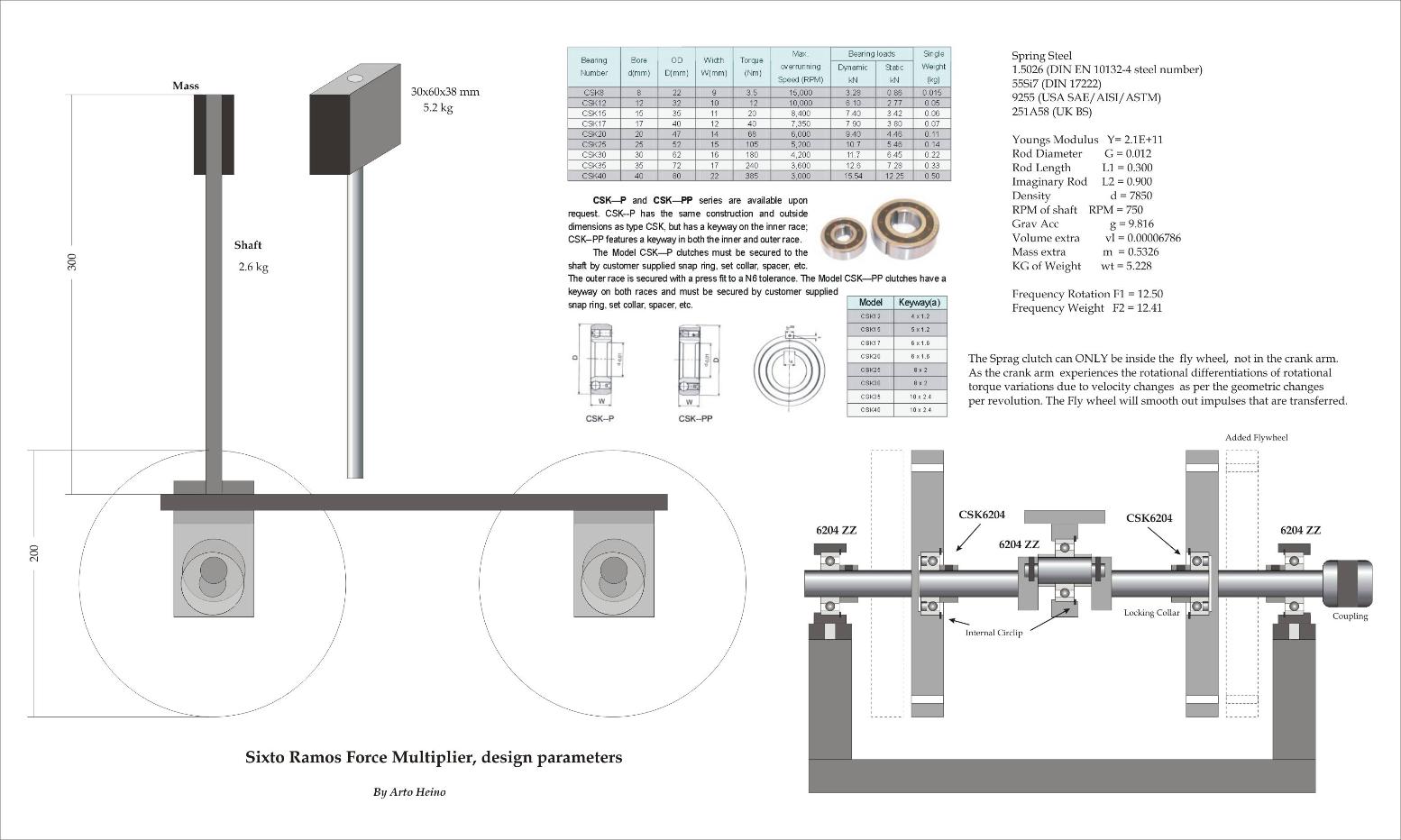Hi artoj,
Thank you for your help in trying to understand the workings of this machine.
Where do you think the sprag clutch or clutches should go.
From what I have read I believe you think they should go on the output side only. I would like to know the exact positioning on this shaft where you think they should be?
netica
Thank you for your help in trying to understand the workings of this machine.
Where do you think the sprag clutch or clutches should go.
From what I have read I believe you think they should go on the output side only. I would like to know the exact positioning on this shaft where you think they should be?
netica





Comment